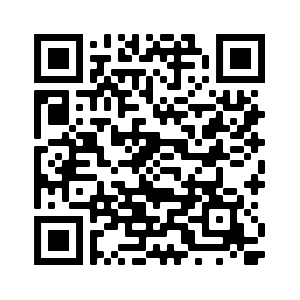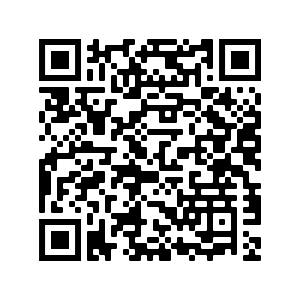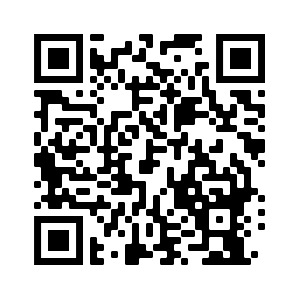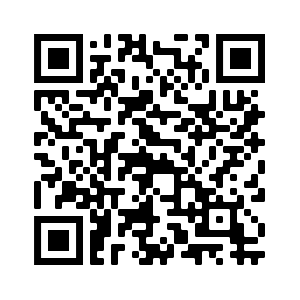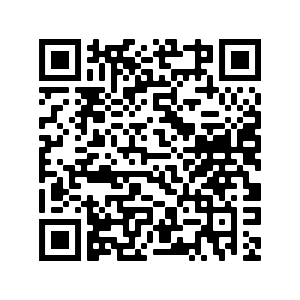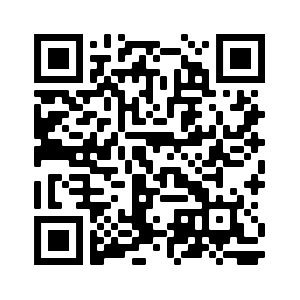12 Information and Communication Technologies
Outcome/Competency: Understand and use appropriate information and communication technologies
Time to complete this section: 6 hours
Rationale:
Why is it important for you to learn this skill?
Being able to understand and use appropriate information and communication technologies is integral to ensuring that the message is received in a timely manner, and to ensure you are following the spoken and unspoken rules of decorum for your workplace.
Outcome:
To be competent in this area, the individual must be able to:
Identify, describe, and use appropriate information and communication technologies.
Objectives
Identify, understand, and use communication technology appropriately.
Understand and use communication software effectively.
Introduction:
This section will introduce you to, and allow you to practice, modes of communication, common workplace communication channels and technology, how to select communication technologies, and guidelines for communicating online. You’ll have the opportunity to complete a group research project and oral presentation.
Objective One
Identify, understand, and use communication technology appropriately
Topic 1: Choosing between modes of communication (1h)
The medium or channel is the vehicle of transmission for a message. Generally, several communication channels could communicate a message, but choosing the most appropriate channel will depend on the audience, the message, and the purpose of communication. When communicating a message, choosing from traditional communication channels: memos, letters, face-to-face (F2F) meetings, and telephone calls; as well as digital media: emails, text messages, videoconferencing, blogs, and websites are all options. The writer must have a clear understanding of the audience to ensure the channel of communication will effectively communicate the message.
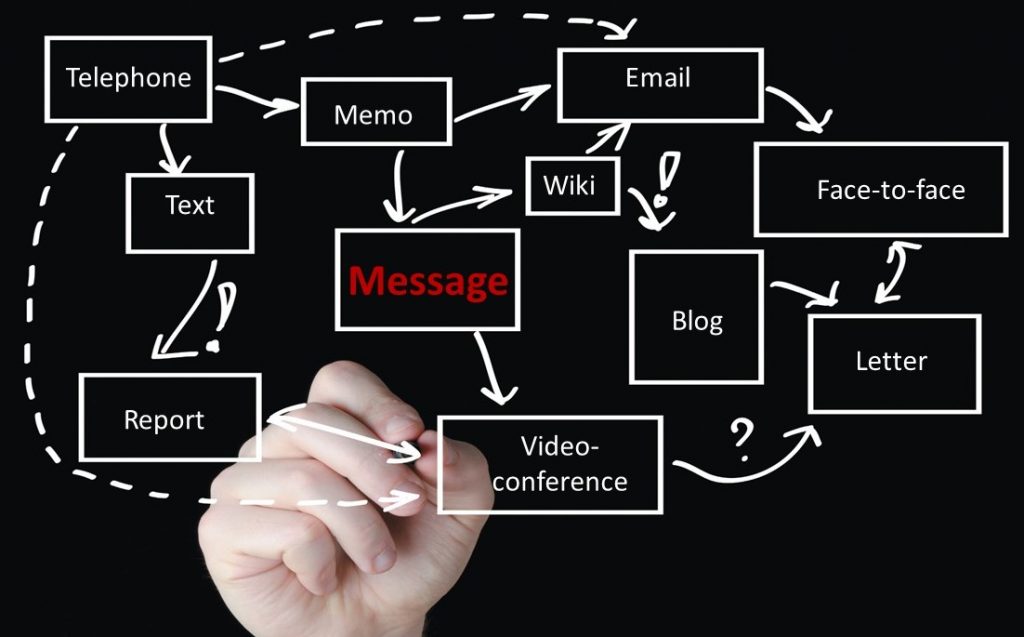
Figure 6.1: Choosing the best communication channel takes an in-depth understanding of the audience, the purpose and the message. (Business Communications, 2019).
Between traditional and rapid electronic media, we have more choice for communication channels than ever in human history. Each has its own unique advantages and disadvantages that make it appropriate or inappropriate for specific situations. Knowing those pros and cons, summarized in Table 6.1 below, for a dozen of the most common verbal and written channels available, is necessary for being an effective communicator in the modern workplace. Choosing channels wisely can mean the difference between a message that is received and understood as intended (the goal of communication), and one that is lost in the noise or misunderstood in costly ways.
Selecting the Right Medium
Media can be categorized into four main types: oral, written, visual, and electronic.
Table 6.1: Types of Business Communication
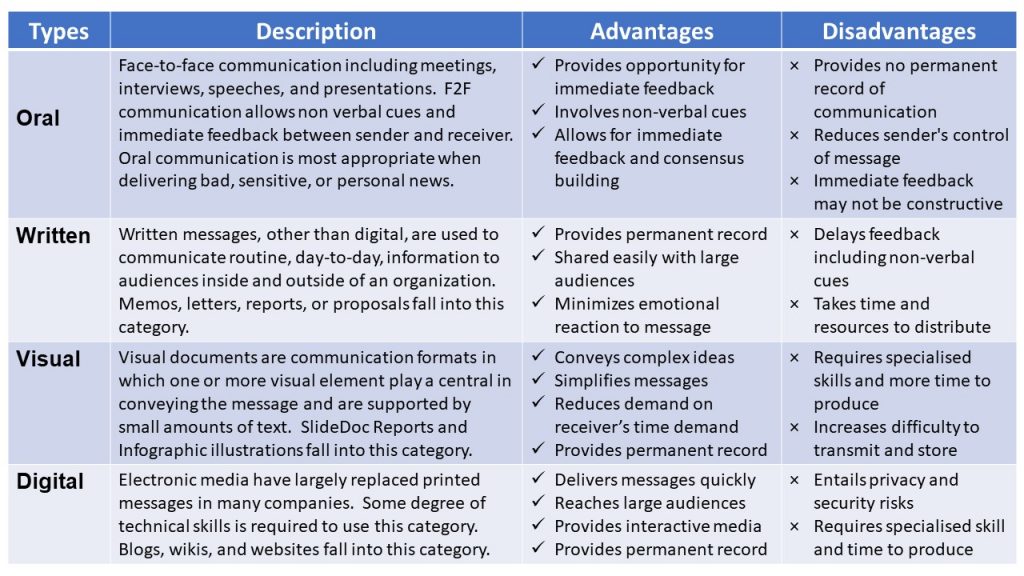 The advantages and disadvantages of the four categories of business communications. (Business Communication Essentials, 2016).
The advantages and disadvantages of the four categories of business communications. (Business Communication Essentials, 2016).
There are other considerations when choosing the exact channel to send a message. When is a written memo preferable to an electronic one? When is a text message more appropriate than a telephone conversation? Understanding what situation, message, and receiver require which specific channel is the topic of our next section.
Message formality: The choice of channel is a non-verbal cue that affects style and tone. For example, a memo or letter is for formal in tone and format than is a text message.
Media Limitation: Some channels are more appropriate for certain messages. For example, a report will convey a more complex message than a text message or discussing sensitive information is more appropriate in a face-to-face meeting rather than over a text message.
Urgency: Be mindful of people’s time. Messages that do not require immediate feedback can be communicated via email or voicemail rather than a face-to-face meeting or telephone conversation.
Cost: Some mediums are more costly than others. Cost is a non-verbal cue of importance. For example, communicating the importance of a change in company policy is more likely to be effective if shared in a face-to-face meeting than through a memo.
Choosing the wrong channel can result in a message that is less effective or even misunderstood.
[Source : https://pressbooks.nscc.ca/nscccommtrades/chapter/2-3-selecting-appropriate-channels/ ]
Topic 2: Communication Mode Quiz (30m)
Instructions
Give the following ungraded quiz to the class as a quick 5 min activity. Once they’ve answered, have them switch with a partner and see how many they got correct.
Answers: 1. B, 2. A, 3. D, 4. C, 5. D
Quiz
Analyze the following situation and select the most appropriate type of media format: written, oral, visual, or digital to deliver the information.
1) Situation: Your organization wants to convince millennials to donate to a national or global charity.
- Visual
- Digital
- Written
- Oral
- Situation: Your company is introducing a product to a demographic that largely consists of millennials.
- Visual
- Digital
- Written
- Oral
- Situation: Notifying a long-time, soon-to-be terminated employee of the company’s decision to downsize.
- Visual
- Digital
- Written
- Oral
- Situation: You need to present findings and recommendations related to the company’s need for a new health insurance provider.
- Visual
- Digital
- Written
- Oral
- Situation: Your CEO made some offensive comments on a well-known nationally broadcast radio show.
- Visual
- Digital
- Written
- Oral
Topic 3: Common Workplace Communication Channels (30m)
Instructions
Go over the following content with the class. You can have them read it individually in groups, present it as a PowerPoint, or do a jigsaw activity and have them teach it to each other.
Choosing the correct communication channel on the spectrum of options using the criteria above involves a decision-making process based on the purposes of the communication, as discussed earlier in this chapter. Factors to consider include convenience for both the sender and receiver, timeliness, and cost in terms of both time and money. Table 6.2 and the video that follows provides information on what medium is best used in what situation.
Table 6.2 Channel Selection Criteria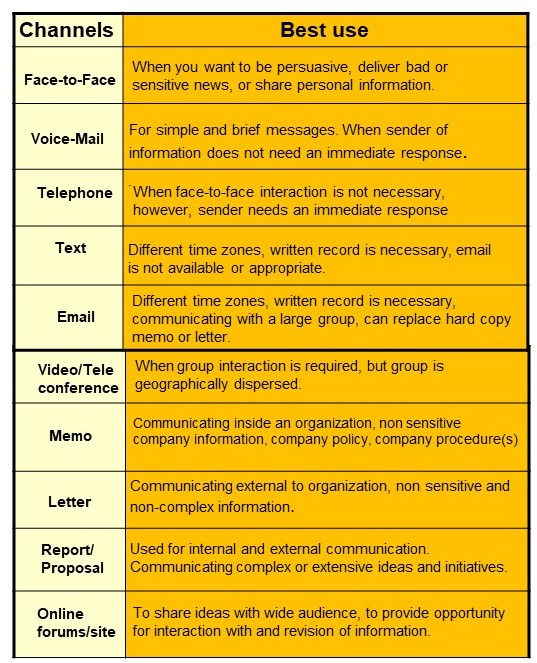
Example: When to Select the Email Channel
When choosing to send an email, for instance, you:
- Begin with the thought you need to communicate.
- Decide that it must be in writing for future reference rather than spoken.
- Consider that it would be more convenient if it arrived cheaply the instant you finished writing it and hit send.
- Want to give the recipient the opportunity to respond quickly or at least within the 24-hour norm.
- Decide that it would be better to send your message by email rather than by other electronic channels such as text, instant message (because you have more to say than would fit in either of those formats), or fax because you know the recipient prefers email over fax, as do most people in all but a few professional fields.
All these decisions may occur to you in the span of a second or so because they are largely habitual. Figure 6.2 charts out the decision-making process for selecting the most appropriate channel among the 10 given in Table 6.2 above.
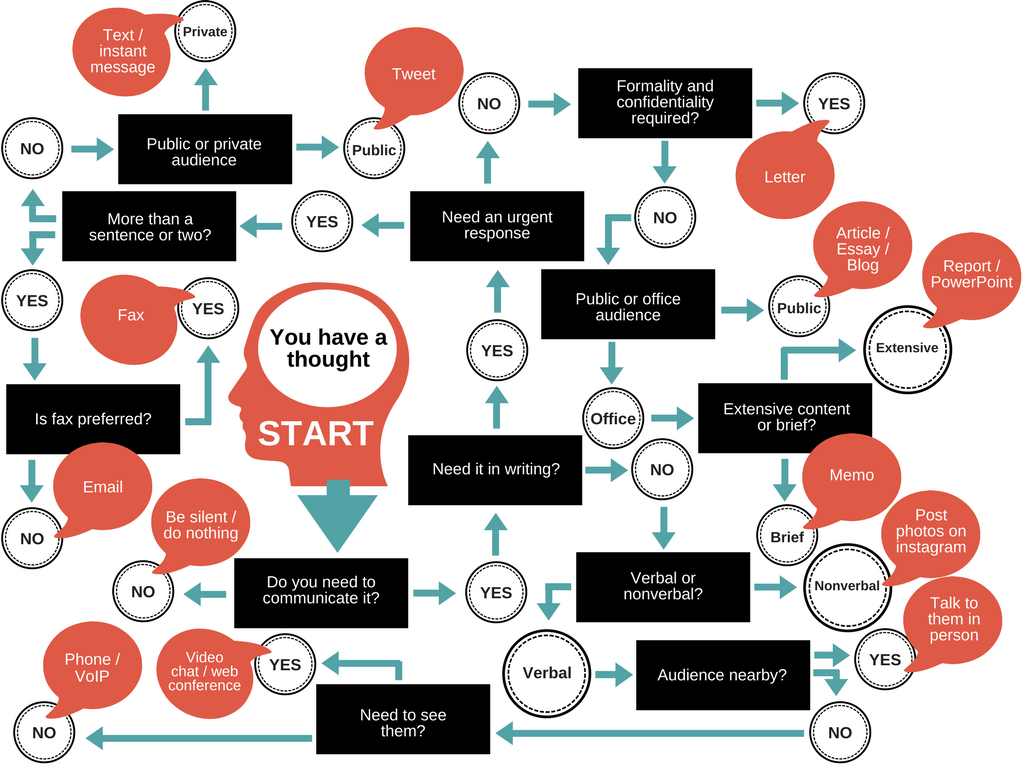
Figure 6.2: Channel Selection Process Flow Chart
Access an interactive version of the Channel Selection Flow Chart Here:
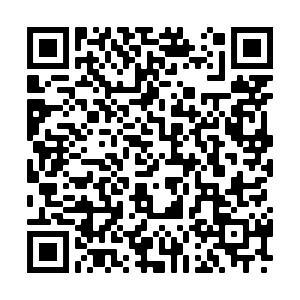
We will examine the uses, misuses, conventions, and implications of these channels in the chapters ahead. For now, however, let’s appreciate that choosing the right channel at the outset of the writing process saves time—the time that you would otherwise spend correcting communication errors and doing damage control for having chosen the wrong one for the situation at hand. If you find yourself forced to meet someone in person to deal with the damage wrought by toxic email exchange before moving forward, just think how you would be into the next steps if you had skipped the email war and met in person to deal with the situation like adults in the first place.
Key Takeaway
Choose the most appropriate communication channel for the occasion by taking into account the full spectrum of traditional and electronic means, as well as your own and your audience’s needs.
[Source: https://pressbooks.nscc.ca/nscccommtrades/chapter/2-3-selecting-appropriate-channels/ ]
Topic 4: Selecting Communication Technologies: Exercises (30m)
Instructions
Give the following worksheet to the class and have them work independently or in groups to work through each activity. Then, take up the answers as a group.
[Source: https://pressbooks.nscc.ca/nscccommtrades/chapter/2-3-selecting-appropriate-channels/ ]
Communication Worksheet 9: Selecting Communication Technologies
Identify the most appropriate channel for communicating what’s necessary in the given situation and explain your reasoning.
1. You come up with a new procedure that makes a routine task in your role in the organization quicker and easier; praise for your innovation goes all the way up to the CEO, who now wants you to meet with the other employees in your role in the seven other branch offices across the country to share the procedure.
2. A customer emails you for a price quote on a custom job they would like you to do for them. (Your company has a formal process for writing up quotes on an electronic form that gives a price breakdown on a PDF.)
3. You are working with two office colleagues on a market report. Both have been bad lately about submitting their work on time, and you’re starting to worry about meeting the next major milestone a few days from now. Neither has been absent because you can see them in their offices as you walk by in the hallway.
4. You are about to close a deal but need quick authorization from your manager across town about a certain discount you would like to apply. You need it in writing just in case your manager forgets about the authorization or anyone else questions it back at the office.
5. Your division recently received word from management that changes to local bylaws mean that a common procurement procedure will have to be slightly altered when dealing with suppliers. Your team meets to go over the changes and the new procedure, but you need to set it down in writing so that everyone in attendance can refer to it, as well as any new hires.
6. You have a limited amount of time to discuss a potential funding opportunity with a colleague in another city because the proposal deadline is later in the week, and it’s almost closing time in your colleague’s office. You’ll have to hammer out some details about who will write the various parts of the proposal before you get to work on it tonight.
7. You were under contract with a local entrepreneur to perform major landscaping services. Near the end of the job, you discovered that he dissolved his company and is moving on, but you haven’t yet been paid for services rendered. You want to formally inform him of the charges and remind him of his contractual obligations; in doing so, you want to lay down a paper trail in case you need to take him to court for breach of contract.
Objective Two
Understand and use communication software effectively.
Topic 1: Guidelines for Communicating Online (3.5h)
Instructions
Split the class into 5 groups and assign each group one of the following modes of communication. Instruct each group to research and create a 20m presentation on guidelines for proper communication and etiquette for the communication technology. Some potential resources for websites are provided below, however students should be instructed to also do their own independent research.
Use the websites below (and other sources as you see fit) to create a 20 minute presentation. You will be graded based on the rubric on the next page.
Assessment: Rubric as below
- Social media
- Memos
- Cellular phones (calls and text messages)
- Two-way radios
|
|
Presentation Marking Rubric (Group) |
||||
|
4 |
3 |
2 |
1 |
Mark |
|
|
Visual Appeal |
There are no errors in spelling, grammar, and punctuation. Information is clear and concise on each slide. Visually appealing/engaging. |
There are some errors in spelling, grammar, and punctuation. Too much information on two or more slides. Significant visual appeal. |
There are many errors in spelling, grammar, and punctuation. Too much information was contained on many slides. Minimal effort made to make slides appealing or too much going on. |
There are many errors in spelling, grammar, and punctuation. The slides were difficult to read and too much information had been copied onto them. No visual appeal. |
|
|
Comprehension |
Extensive knowledge of topic. Members showed complete understanding of assignment. Accurately answered all questions posed. |
Most showed a good understanding of topic. All members able to answer most of audience questions. |
Few members showed good understanding of some parts of topic. Only some members accurately answered questions. |
Presenters didn’t understand topic. Majority of questions answered by only one member or majority of information incorrect. |
|
|
Presentation Skills |
Regular/constant eye contact, the audience was engaged, and presenters held the audience’s attention. Appropriate speaking volume & body language. |
Most members spoke to majority of audience; steady eye contact. Majority of presenters spoke at a suitable volume. Some fidgeting by member(s). |
Members focused on only part of audience. Sporadic eye contact by more than one presenter. The audience was distracted. Speakers could be heard by only half of the audience. Body language was distracting. |
Minimal eye contact by more than one member focusing on small part of audience. The audience was not engaged. Majority of presenters spoke too quickly or quietly making it difficult to understand. Inappropriate/disinterested body language. |
|
|
Content |
The presentation was a concise summary of the topic with all questions answered. Comprehensive and complete coverage of information. |
The presentation was a good summary of the topic. Most important information covered; little irrelevant info. |
The presentation was informative, but several elements went unanswered. Much of the information irrelevant; coverage of some of major points. |
The presentation was a brief look at the topic, but many questions were left unanswered. Majority of information irrelevant and significant points left out. |
|
|
Preparedness/ Participation/ Group Dynamics |
All presenters knew the information, participated equally, and helped each other as needed. Extremely prepared and rehearsed. |
Slight domination of one presenter. Members helped each other. Very well prepared. |
Significant controlling by some members with one minimally contributing. Primarily prepared but with some dependence on just reading off slides. |
Unbalanced presentation or tension resulting from over-helping. Multiple group members not participating. Evident lack of preparation/rehearsal. Dependence on slides. |
|
|
|
|
|
|
Total |
/20 |
